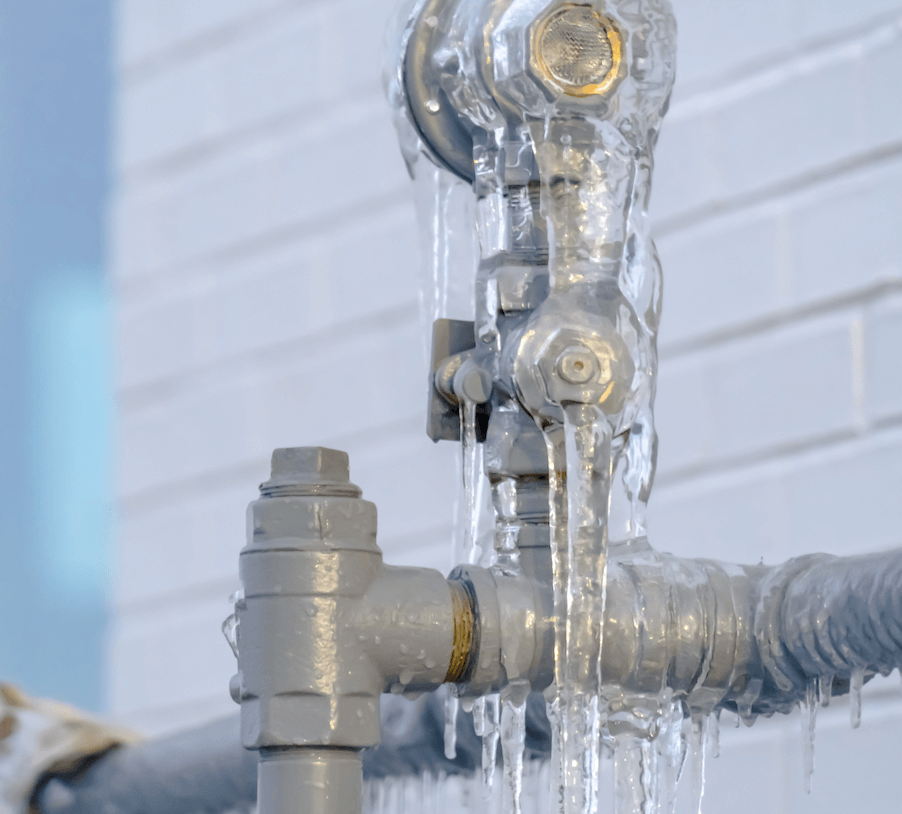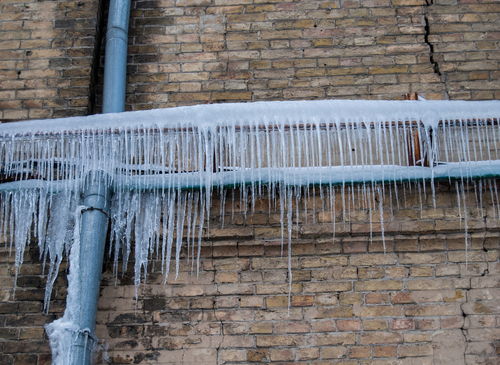Essential Tips to Prevent Frozen Plumbing in Winter: Professional Insights
Essential Tips to Prevent Frozen Plumbing in Winter: Professional Insights
Blog Article
The article underneath involving Winter Plumbing Precautions: Preventing Frozen Pipes is amazingly engaging. You should take a look.

Winter can ruin your plumbing, especially by freezing pipes. Right here's just how to stop it from taking place and what to do if it does.
Intro
As temperature levels decrease, the risk of frozen pipelines increases, potentially leading to pricey repair services and water damage. Understanding just how to avoid frozen pipelines is important for homeowners in cool environments.
Comprehending Icy Pipes
What causes pipelines to ice up?
Pipes ice up when subjected to temperature levels below 32 ° F (0 ° C) for expanded periods. As water inside the pipelines freezes, it increases, putting pressure on the pipe wall surfaces and potentially triggering them to break.
Risks and damages
Icy pipelines can lead to water system interruptions, building damage, and costly fixings. Burst pipes can flood homes and create extensive structural damage.
Indications of Frozen Piping
Recognizing icy pipes early can prevent them from bursting.
Exactly how to determine frozen pipes
Search for decreased water flow from faucets, unusual smells or noises from pipes, and visible frost on exposed pipelines.
Avoidance Tips
Shielding prone pipes
Wrap pipelines in insulation sleeves or make use of warm tape to safeguard them from freezing temperature levels. Concentrate on pipes in unheated or external locations of the home.
Heating techniques
Maintain interior rooms adequately heated up, especially locations with pipes. Open cabinet doors to enable warm air to distribute around pipes under sinks.
Shielding Outdoor Pipes
Garden pipes and outdoor taps
Disconnect and drain pipes garden tubes before wintertime. Install frost-proof spigots or cover exterior faucets with protected caps.
What to Do If Your Pipelines Freeze
Immediate activities to take
If you think icy pipes, maintain taps open to ease stress as the ice thaws. Use a hairdryer or towels soaked in hot water to thaw pipes gradually.
Long-Term Solutions
Architectural changes
Consider rerouting pipelines far from outside wall surfaces or unheated locations. Include added insulation to attics, basements, and crawl spaces.
Upgrading insulation
Invest in premium insulation for pipelines, attics, and walls. Correct insulation helps keep constant temperature levels and lowers the danger of icy pipes.
Verdict
Preventing icy pipelines needs aggressive procedures and quick feedbacks. By recognizing the reasons, indicators, and preventive measures, homeowners can shield their pipes during winter.
6 Proven Ways to Prevent Frozen Pipes and Protect Your Home
Disconnect and Drain Garden Hoses
Before winter arrives, start by disconnecting your garden hoses and draining any remaining water. Close the shut-off valves that supply outdoor hose bibs and leave the outdoor faucet open to allow any residual water to drain. For extra protection, consider using faucet covers throughout the colder months. It’s also important to drain water from any sprinkler supply lines following the manufacturer’s directions.
Insulate Exposed Pipes
Insulating your pipes is an effective way to prevent freezing. Pipe insulation is readily available at home improvement stores and is relatively inexpensive. Pay close attention to pipes in unheated areas such as the attic, basement, crawl spaces, or garage. Apply foam insulation generously to create a buffer against the cold. You can also wrap your pipes in heat tape or thermostat-controlled heat cables for added warmth.
Seal Air Leaks
Inspect your home for any cracks or openings that could let in cold air. Seal any holes around the piping in interior or exterior walls, as well as the sill plates where your home rests on its foundation. Additionally, make sure to keep your garage door closed unless you’re entering or exiting. Leaving it open creates a significant air leak that can lead to frozen pipes.
Allow Warm Air Circulation
During cold snaps, it’s essential to allow warm air to circulate evenly throughout your home. Leave interior doors ajar to promote better airflow. Open kitchen and bathroom cabinets to help distribute heat consistently around the rooms. If you have small children or pets, be sure to remove any household chemicals or potentially harmful cleaners from open cabinets for safety.
Let Faucets Drip
A small trickle of water can make a big difference in preventing ice formation inside your pipes. When temperatures drop significantly, start a drip of water from all faucets served by exposed pipes. This continuous flow helps prevent the water from freezing. Additionally, running a few faucets slightly can relieve pressure inside the pipes, reducing the chances of a rupture if the water inside does freeze.
https://choateshvac.com/6-proven-ways-to-prevent-frozen-pipes-and-protect-your-home/

Do you enjoy reading about Winter Plumbing Precautions: Preventing Frozen Pipes? Try to leave a review down the page. We'd be pleased to see your thoughts about this content. In hopes to see you back again in the near future. Those who enjoyed our blog entry please remember to share it. Thanks a bunch for being here. Don't hesitate to pay a visit to our site back soon.
Call Us Today Report this page